Driver loses control, strikes four USC students
UPDATE: The student who had been critically injured after being struck by the vehicle was identified as 24-year-old Tong Tong, a third-year graduate student studying architecture. She has regained consciousness but remains in the hospital as of March 2.
Four USC students were struck by a vehicle, which then crashed into a traffic light, at the intersection of Jefferson Boulevard and McClintock Avenue on Thursday around noon.
One USC student was critically injured, and both the pedestrian and driver were transported to California Hospital Medical Center. LAPD has not yet released the names of the students involved in the collision.
Capt. David J. Kowalski, commanding officer of the LAPD South Traffic Division, said investigators suspect the driver lost control of her vehicle because of a medical emergency.
“During the course of that emergency, she [driver] lost control of the vehicle, went through a red light, hit not only four pedestrians crossing, but [also] hit a light pole and came to stop here at the Northwest corner of McClintock and Jefferson,” Kowalski said at the scene.
Kowalski said the status of two people injured in the collision is not yet known.
“Right now, we’ve had all four persons sustained some type of injury,” he said. “Two of them have been transported to the hospital, we are still waiting on word on their conditions. Two have been treated here at scene and were released already. The driver is being treated for injuries related to her medical emergency at California Hospital [Medical Center].”
LAPD officials declined to disclose any further information on the individuals involved in the collision and have not classified the accident as a hit and run.
The vehicle that struck the four pedestrians was identified as a silver four-door sedan. The driver of the sedan ran a red light and crashed into the side curb in an attempt to stop the car from oncoming traffic.
At approximately 1:45 p.m., the sedan was transported away from the scene.
Several Trojan Alerts related to the collision were sent to subscribers. The first alert, which was sent out at 1:07 p.m., said that there was police activity at Jefferson Boulevard and McClintock Avenue because of a traffic accident. The alert stated that westbound traffic from Hoover Street to Jefferson Boulevard, eastbound traffic from Vermont Avenue to Jefferson Boulevard and southbound traffic from 30th Street to McClintock Avenue were all closed.
DPS noted that the accident did not affect pedestrian traffic, only vehicular traffic.
The second alert sent at 2:15 p.m. said Jefferson Boulevard is closed from Vermont Avenue to Hoover Street, and McClintock Avenue is closed from Jefferson Boulevard to 30th Street. The alert also stated that pedestrian traffic was to be closed on the north side of Jefferson Boulevard from McClintock Avenue to Orchard Avenue, and that the entry and exit way at Gate 5 is closed.
The streets reopened to vehicle and pedestrian traffic at 5:45 p.m.
Saharra Griffin and Emma Peplow contributed to this report. This story was updated on March 5.

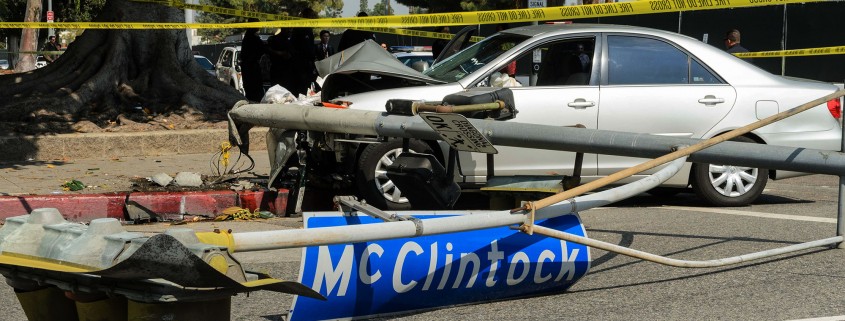
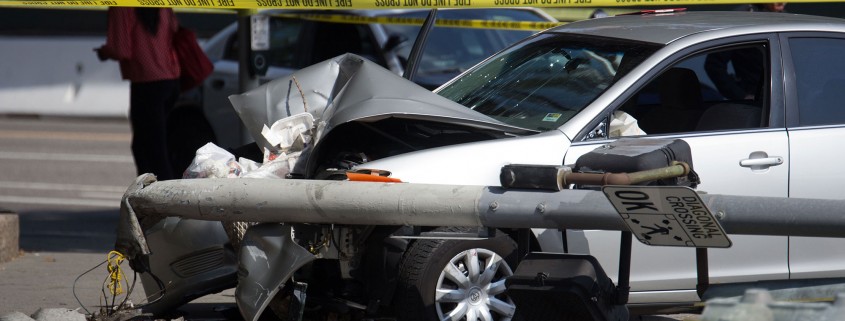
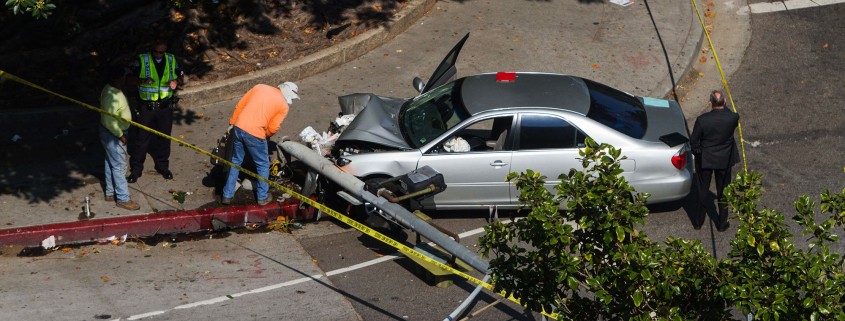


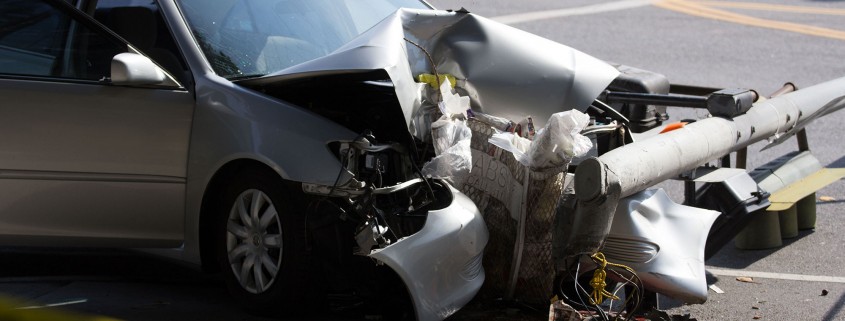
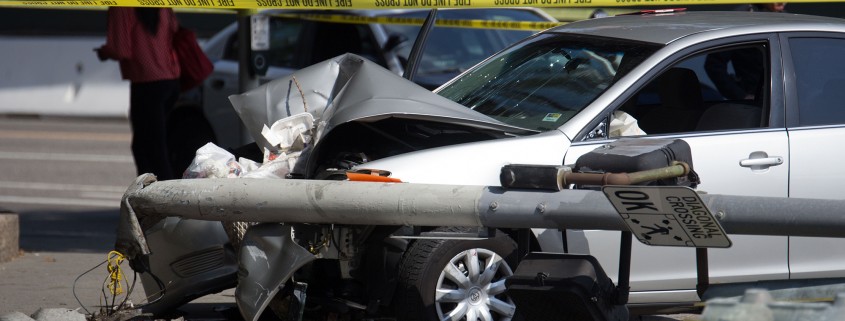


Any update on the injured students, particularly the one in critical condition?
Toyota and Lexus are #1 in cases of sudden unintended acceleration and FORD is #2. The current unintended acceleration plaguing newer vehicles is the electronically-induced type. The engine throttle control systems depend on computer software to command them. Sometimes glitches occur…like in some of your other electronic devices…which can cause the command to be different than what you desire. The evidence of the glitch is often undetectable after the vehicle is restarted. Unfortunately, the EDR (black box) is not always accurate as shown by expert Dr. Antony Anderson in his analysis of a 2012 Toyota Highlander. The EDR results indicated the driver was not braking when she was doing so. The EDR results are inconsistent.
The key to avoiding a horrific crash during a SUA event is whether or not the vehicle has an effective fail-safe in the event a glitch occurs. If it does not, as in the case of the glitch-prone Toyota ETCS-i, then the vehicle may become a runaway with an ineffective means to stop it. Unfortunately, the safety standards aren’t as strict in automobiles as they are in airplanes. Some manufacturers have more effective fail-safes than others. In the case of Toyota, an embedded software expert, Michael Barr (see Oklahoma Bookout vs. Toyota court case involving a 2005 Camry) found that an electronic glitch could induce a SUA event. Another expert, Dr. Henning Leidecker, found that a SUA event could also be triggered by “tin whisker” formation, particularly in 2002-2006 Toyota Camry vehicles.
SUA events have been DEADLY for vehicle occupants as well as pedestrians and people in storefronts, buildings, and even homes. The numbers of such crashes are ever-increasing with the advent of the very complex ELECTRONIC throttle control systems.
With the increase in such serious vehicle crashes, there is a concerted effort to show driver “pedal misapplication” or a “medical condition” or some other reason for the incident…anything other than a vehicle defect. Investigators aren’t scrutinizing the buggy electronic throttle control software or other conditions that can elicit a terrifying sudden unintended acceleration incident. They usually just examine the *mechanical* causes which tend to be just red herrings in these cases. Investigators simply don’t have the expertise to find such electronic glitches. In fact, the staff at the NHTSA, National Highway Traffic Safety Administration, do not have this very specialized training!
Think of it…the next step in electronically-controlled vehicles seems to be so-called “self-driving cars.” Do YOU want to be in a such a vehicle when there is no evidence that strict safety standards, particularly in the throttle control system’s software, have been adhered to? Will you just BLINDLY trust the automaker (criminally-investigated and nearly-prosecuted Toyota and soon-to-be GM and others?) to come through for you and your family’s safety *on its own*?
A recently published Huffington Post article by Jonathan Handel,
How Do We Know Driverless Cars Are Safe? Google Says ‘Trust Us’
Posted: 07/01/2014 7:23 pm EDT Updated: 07/02/2014 1:48 pm EDT speaks to these very issues and poses tough questions about Google’s “driverless” vehicles. Educate yourself carefully before you put your faith in automakers who have knowingly lied to their customers and the government for decades. Study the issue of vehicle electronic sudden unintended acceleration and ask WHY we aren’t seeing it addressed publicly. WHY is blame placed on the driver with little more than speculation about which pedal was used or with little more than an assumption on medical condition. This is being done *even when the drivers steadfastly cite a VEHICLE PROBLEM as the cause of the crash. Absence of proof is not proof of absence of a serious ELECTRONIC computer glitch or other electronically-caused SUA.
Charlene Blake
Toyota and Lexus are known to suddenly accelerate without any input from the driver. Toyota has had sudden unintended acceleration for years now. Toyota lost the case Bookout vs Toyota in October 2013 where expert Micheal Barr testified the cause of runaway Toyota and Lexus were electronic defects.
Has Michael Barr’s work been independently verified? If not, why not?
“At approximately 1:45 p.m., the sedan was transported away from the scene.”
This statement is just straight up false. It was still there way past 2 pm. What other facts in this article are untrue? Please be more careful.
I sent this email to USC Transpo over two months ago and it mostly went ignored. Whether or not the accident was due to construction, the intersection has become far too dangerous since this school year construction has started.
The vehicle has a USC parking permit on the left side of the front window. The driver has some affiliation to the university.